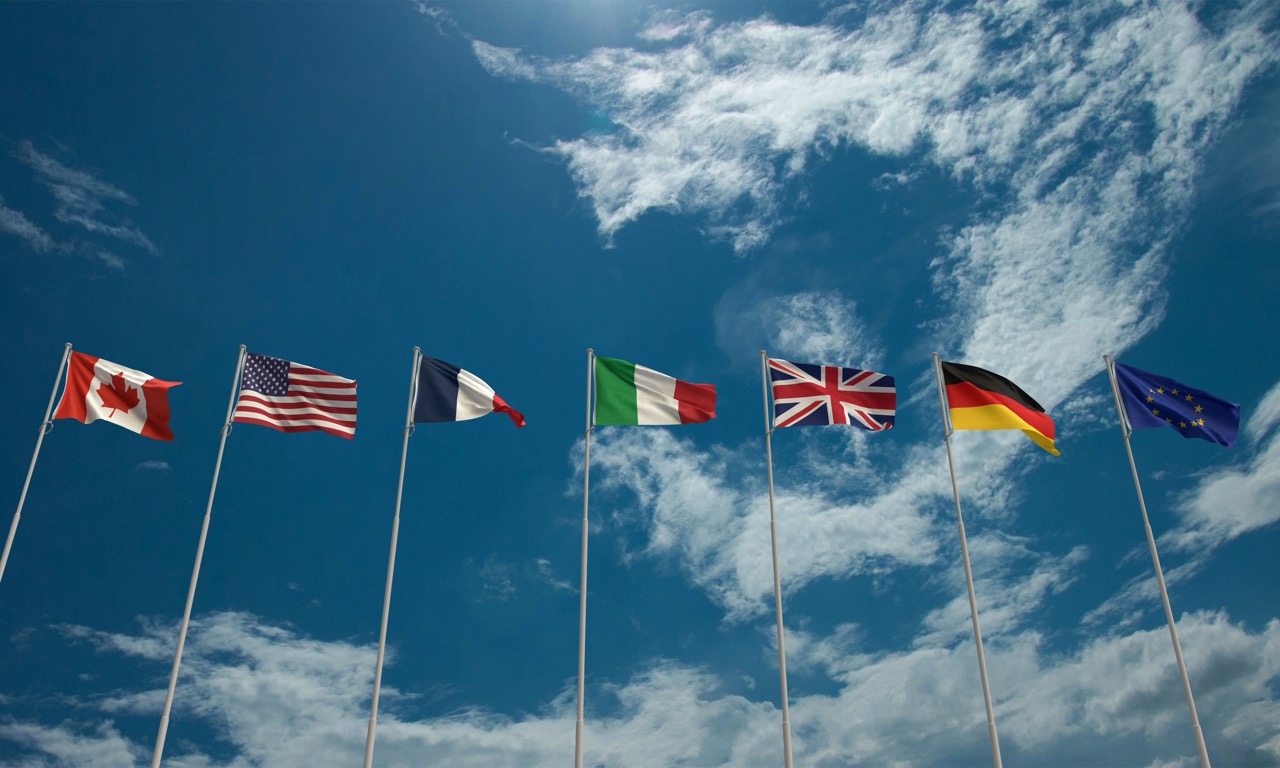No smoke without fire
Worldwide, tobacco use plays a major role in the escalating non-communicable disease burden. But with targeted measures and funding, tobacco controls could help prevent NCDs – and countries would see a significant return on their investment
How significant is the burden of morbidity and mortality imposed by non-communicable diseases?
NCDs are among the leading causes of preventable disease, disability and premature death. They have been identified by United Nations members as a threat not only to health but also to development.
Four major diseases account for the majority of the NCD burden, namely cancer, cardiovascular diseases, diabetes and chronic respiratory diseases. Tobacco use is a major risk factor in all four. The intimate connection between tobacco control and development is clearly acknowledged in Sustainable Development Goal 3, which specifically highlights strengthening implementation of the World Health Organization’s Framework Convention on Tobacco Control as a vital means to achieving the targeted one-third reduction in NCD premature deaths by 2030.
And, of course, we are all very much aware that tobacco use itself is responsible for killing more than 8 million people a year, including 1.2 million non-smokers exposed to secondhand smoke.
Does tobacco use affect all countries and populations the same way?
No, it does not. Around 85% of the NCD premature deaths occur in low- and middle-income countries where health systems are typically less equipped to face the enormous burden that NCDs present. Within countries across the income range, the poorest and most marginalised are more likely to consume tobacco and do so at a younger age, and are also more likely to be exposed to secondhand smoke.
And tobacco use is a significant driver of poverty, diverting expenditures away from essential commodities including food and education, while also exposing households to the risk of catastrophic healthcare expenditure in countries lacking universal health coverage. So we see that tobacco use deepens existing health, economic and social inequities.
What are the main economic impacts of tobacco use?
The provision of health care itself entails a significant cost, but the loss of human capital is the principal brake on economic growth. Most tobacco users who die from tobacco-related diseases do so in their most productive years. The total economic cost of smoking (from health expenditures and productivity losses together) was around $1.4 trillion in 2012, which represented around 1.8% of global gross domestic product.
It is also worth noting the negative externalities of tobacco production. The soil that is used for and degraded by tobacco growing could be used to produce food, thus contributing – particularly in the current global situation – to food security while also providing a more sustainable livelihood to tobacco farmers and their families.
Can a strong economic case be made for supporting tobacco control?
It can and has been made. In 2021, the WHO estimated that for each dollar invested in the five tobacco-control related ‘best buys’ to prevent and control NCDs, countries would receive a return on investment of $7.11 by 2030.
The Secretariat of the WHO Framework Convention on Tobacco Control jointly with the United Nations Development Programme and WHO has tailored tobacco-control investment cases for countries participating in the FCTC 2030 development assistance project, providing policymakers and other stakeholders with country-level evidence to inform tobacco control policy development.
How satisfied are you regarding the level of implementation of the WHO FCTC, and what are the main obstacles?
Despite the status of implementation having consistently improved since the convention’s entry into force in 2005, progress towards complete implementation of its various articles remains uneven. Measures concerning indoor smoke-free environments and warnings on tobacco packaging continue to be the most implemented, but the implementation of bans on tobacco advertising, promotion and sponsorship and increases of tobacco taxes continue to lag far behind.
The most frequent challenges to implementation reported by parties to the convention are lack of financial resources and interference by the tobacco industry.
Is there an environmental impact from the use of tobacco?
Tobacco cultivation is a significant contributor to deforestation. Tobacco crops require large amounts of chemical fertilisers and pesticides that pollute the ground and water and endanger the health of farmers and their families. Cigarette butts are the most discarded waste item worldwide, accounting for approximately 767 million kilogrammes of toxic trash each year. The waste generated by new electronic products such as e-cigarettes and heated tobacco products is also a major and growing concern, as it contains not just toxic chemicals but also batteries, circuitry and the plastic in single-use cartridges. I can assure you that no amount of corporate greenwashing – and the tobacco industry does plenty of that – can wash away the environmental damage caused.
How does the Secretariat manage what is obviously a multi-sectoral challenge?
First, by being a role model at the international level, working with other multilateral organisations such as UNDP and the United Nations Environment Programme, as well as through mechanisms such as the United Nations Interagency Task Force on Prevention and Control of NCDs, to name just a few, and providing technical assistance to countries to connect with other sectors beyond health. The WHO FCTC, through the Global Strategy to Accelerate Tobacco Control 2019–2025, provides a roadmap for countries to build a cross-government response through the establishment of multi-sectoral coordination mechanisms to tackle the tobacco epidemic.
Are there any examples of initiatives introduced as part of tobacco control that might apply
to other NCD risk factors?
Many examples exist, ranging from the use of warnings or cautionary images on tobacco products and advertising bans to the introduction of taxes that raise revenue while discouraging consumption. Such measures are already applied in some countries, examples including the provision of clear information about the nutritional profile of foods as a recognised way of encouraging consumers to healthier options and putting pressure on manufacturers to improve the nutritional profile of their products. Targeted taxation and pricing, so-called health taxes long used for tobacco and alcohol, are increasingly used to reduce the consumption of sugary beverages and foodstuffs. Less use has been made of advertising bans, but here too examples exist. With all these tools and mechanisms there is clearly scope for greater application.












